的点评
Spiritual Connection
Aztec Ruins National Monument的点评
点评:My husband and I had the incredible opportunity to visit Aztec Ruins National Monument both during the day and at night, and each visit offered a unique and memorable perspective on this amazing site. From the moment we arrived, we were warmly welcomed by Dave and the rest of the staff—each person was knowledgeable, friendly, and eager about sharing the history of this special place.
Despite the name, I was surprised to learn that the ruins aren’t actually Aztec in origin. The site was built by the Ancestral Puebloan's around the 12th century, however the Aztec people were believed to have travelled through, and live in the area. It’s believed to have served as a major regional center, with connections to the larger Chaco Canyon network. Walking through the reconstructed Great Kiva, one of the only ones of its kind that has been rebuilt—you can really feel the spiritual and communal significance this structure once held.
The ruins themselves are well-preserved, with original masonry that shows the incredible skill and architectural skill of the people who lived here. During the daytime, I was able to take in the layout of the ancient buildings and appreciate the scale and complexity of the structures. At night, the monument took on a quiet, almost sacred atmosphere—an entirely different but equally spiritual experience.
Despite the name, I was surprised to learn that the ruins aren’t actually Aztec in origin. The site was built by the Ancestral Puebloan's around the 12th century, however the Aztec people were believed to have travelled through, and live in the area. It’s believed to have served as a major regional center, with connections to the larger Chaco Canyon network. Walking through the reconstructed Great Kiva, one of the only ones of its kind that has been rebuilt—you can really feel the spiritual and communal significance this structure once held.
The ruins themselves are well-preserved, with original masonry that shows the incredible skill and architectural skill of the people who lived here. During the daytime, I was able to take in the layout of the ancient buildings and appreciate the scale and complexity of the structures. At night, the monument took on a quiet, almost sacred atmosphere—an entirely different but equally spiritual experience.
翻译:我和丈夫有幸在白天和夜晚参观了阿兹特克遗址国家纪念碑,每次参观都让我们对这个令人惊叹的遗址有了独特而难忘的感受。从我们抵达的那一刻起,戴夫和其他工作人员就热情地欢迎了我们——每个人都知识渊博、热情友好,并且热衷于分享这个特殊地方的历史。
尽管名字如此,但令我惊讶的是,这些遗址实际上并非源自阿兹特克。该遗址是由古普韦布洛人在12世纪左右建造的,但据信阿兹特克人曾途经并居住在该地区。据信,它曾是一个重要的区域中心,与更大的查科峡谷网络相连。漫步在重建的大基瓦(Great Kiva)——它是同类建筑中唯一重建的——您可以真切地感受到这座建筑曾经承载的精神和社区意义。
遗址本身保存完好,保留着原始的砖石结构,展现了当时居住于此的人们非凡的技艺和建筑技艺。白天,我得以欣赏古建筑的布局,感受其规模和结构的复杂性。夜晚,这座古迹呈现出一种宁静、近乎神圣的氛围——一种截然不同却同样令人心旷神怡的体验。
尽管名字如此,但令我惊讶的是,这些遗址实际上并非源自阿兹特克。该遗址是由古普韦布洛人在12世纪左右建造的,但据信阿兹特克人曾途经并居住在该地区。据信,它曾是一个重要的区域中心,与更大的查科峡谷网络相连。漫步在重建的大基瓦(Great Kiva)——它是同类建筑中唯一重建的——您可以真切地感受到这座建筑曾经承载的精神和社区意义。
遗址本身保存完好,保留着原始的砖石结构,展现了当时居住于此的人们非凡的技艺和建筑技艺。白天,我得以欣赏古建筑的布局,感受其规模和结构的复杂性。夜晚,这座古迹呈现出一种宁静、近乎神圣的氛围——一种截然不同却同样令人心旷神怡的体验。
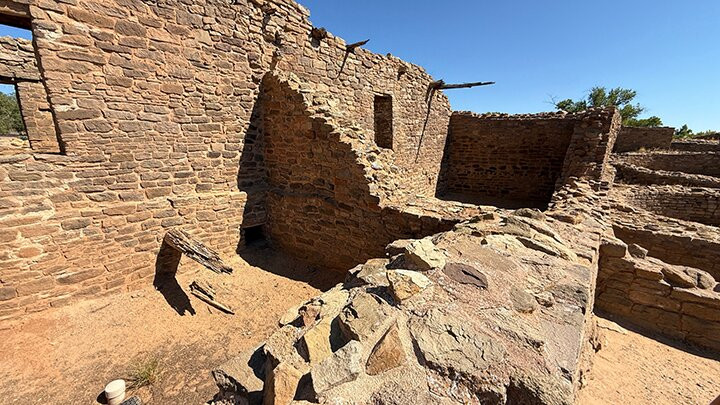
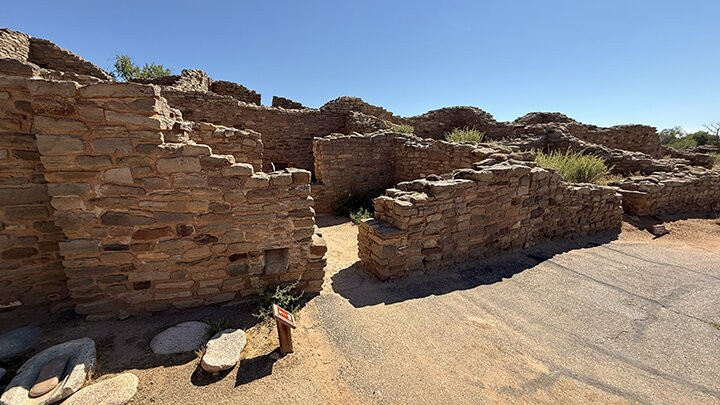
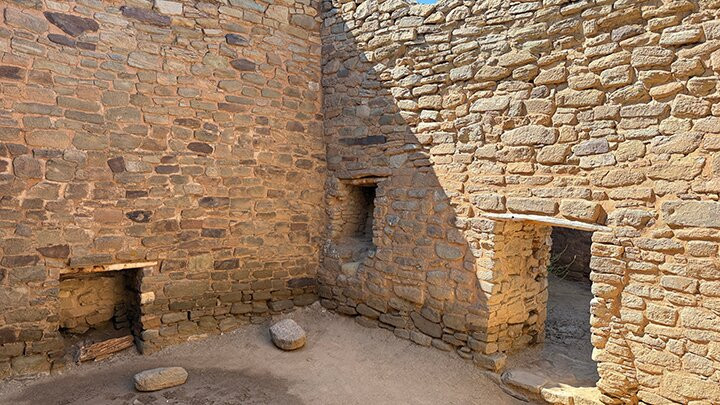

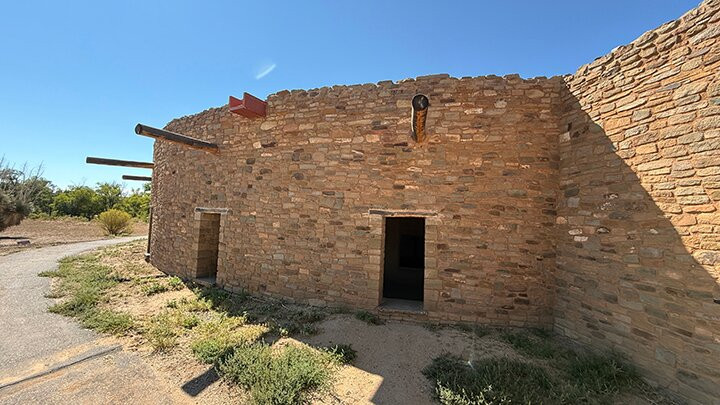
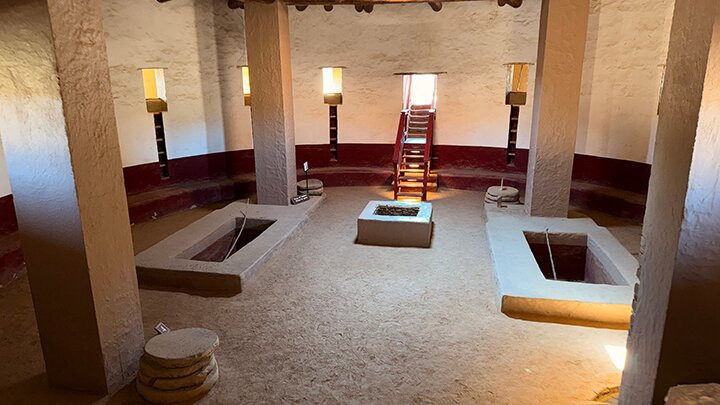
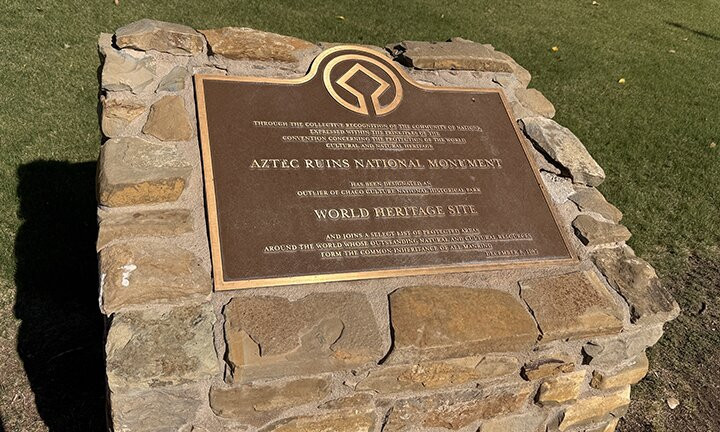
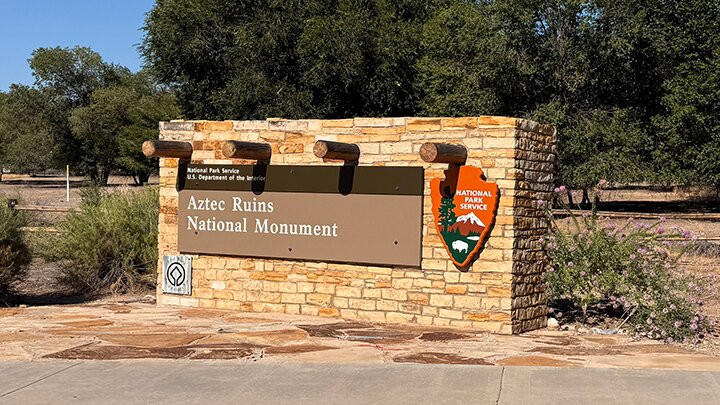

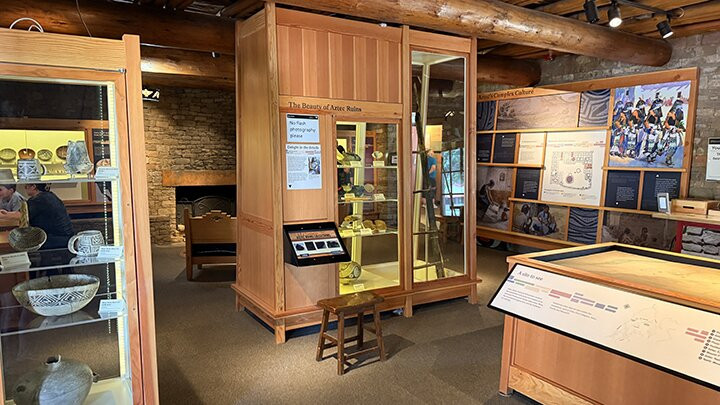


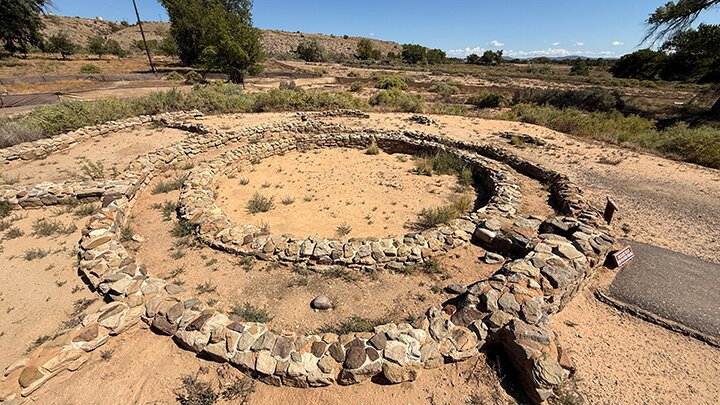
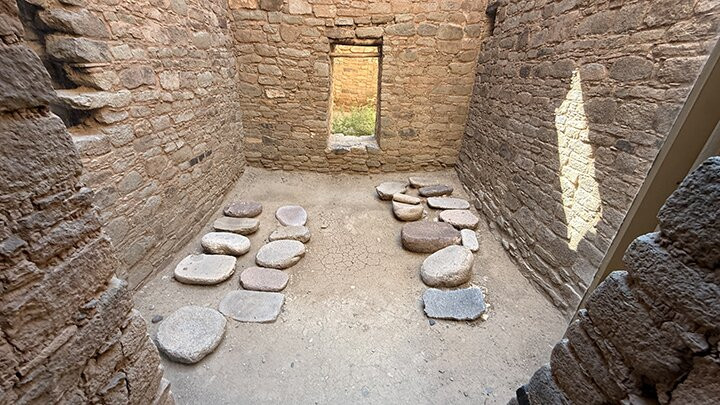
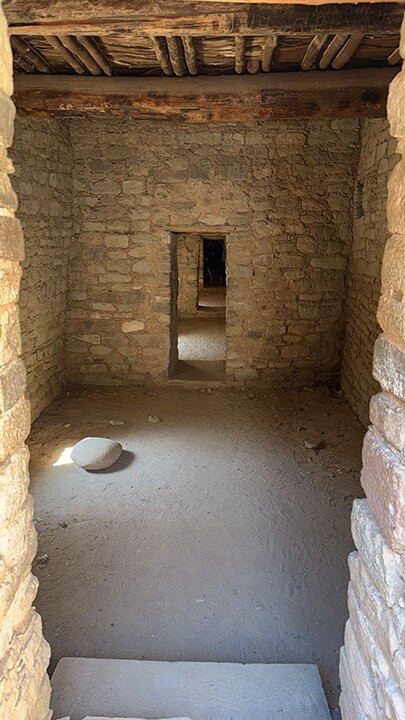
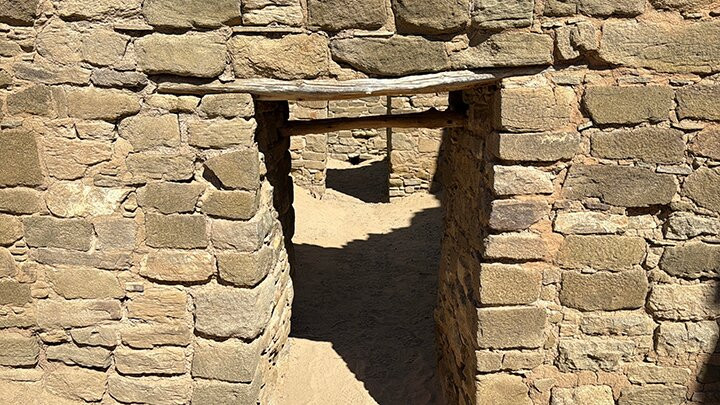


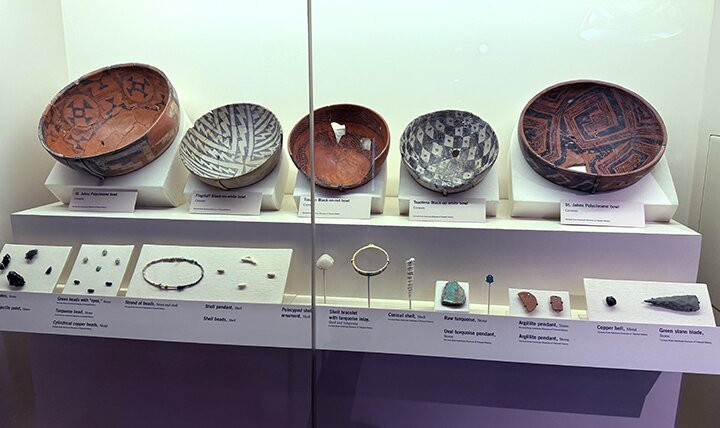

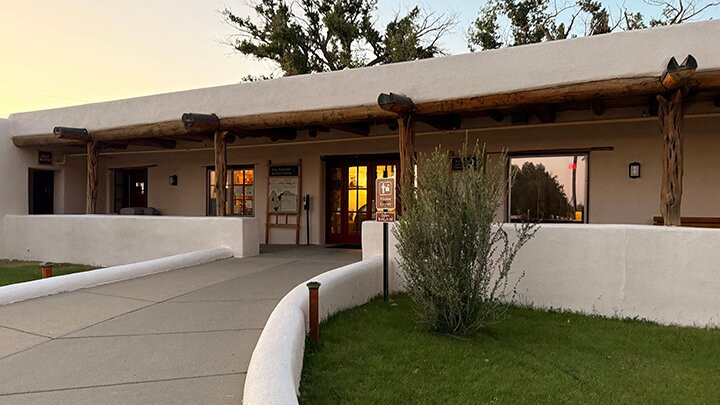
此点评仅代表旅行者个人的主观意见,并不代表TripAdvisor以及其合作方的意见。
关于我们
|
新闻动态
|
商务合作
|
会员中心
|
业主中心
|
业主通
|
常见问题
|
意见反馈
|
联系我们
|
营业执照
© 2025 Tripadvisor 版权所有。
使用条款 |隐私政策 |网站工作原理
部分照片由 VFM Leonardo 提供。
* Tripadvisor不是旅行社,也不是旅游预订服务代理商。我们提供免费、客观、公正的旅游资讯服务。 (显示更多)
TripAdvisor LLC 既不是预订代理商,也不是旅游运营商,不会向网站用户收取任何服务费。 按照规定,在 Tripadvisor 发布机票价格、游览和旅行套餐的合作伙伴(航空公司、旅行提供商及预订代理商),其标价须包含所有费用和附加费用。 例如, 机场出入境税费、消费税与其他服务费、手续费、杂费及附加费用。 当您向我们的某个合作伙伴进行预订时,请务必查阅他们的网站以了解当地行政部门要求的所有适用费用的具体情况。 除非另有说明,机票价格通常指的是一个人的价格(以人民币计)。
为方便起见,TripAdvisor LLC 根据从我们的预订合作伙伴获取的空房率计算每个酒店的均价。 对于游览和景点来说,所显示价格通常是每位成人的最低可用价格。 对于列出的任何旅行套餐或优惠,TripAdvisor LLC 无法保证任何特定的费率或价格。 此外,酒店均价每晚会更新,并以您的首选币种表示(使用现行汇率)。 由于这些已换算的价格是预估价格,因此,有关具体金额和币种请与预订网站进行核实。
此外,TripAdvisor LLC 无法保证我们网站上宣传的价格随时有效。 标价可能需要预订一定天数才能生效,或有不可用日期、使用条件或限制。
TripAdvisor公司对外部网站的内容一概不负责。优惠价格中不含税和其他费用。
ICP证:沪B2-20200433
沪ICP备20013175号
 沪公网安备31010502005427号
沪公网安备31010502005427号鹰程信息技术(上海)有限公司
货币/国家及地区
¥CNY
中国

